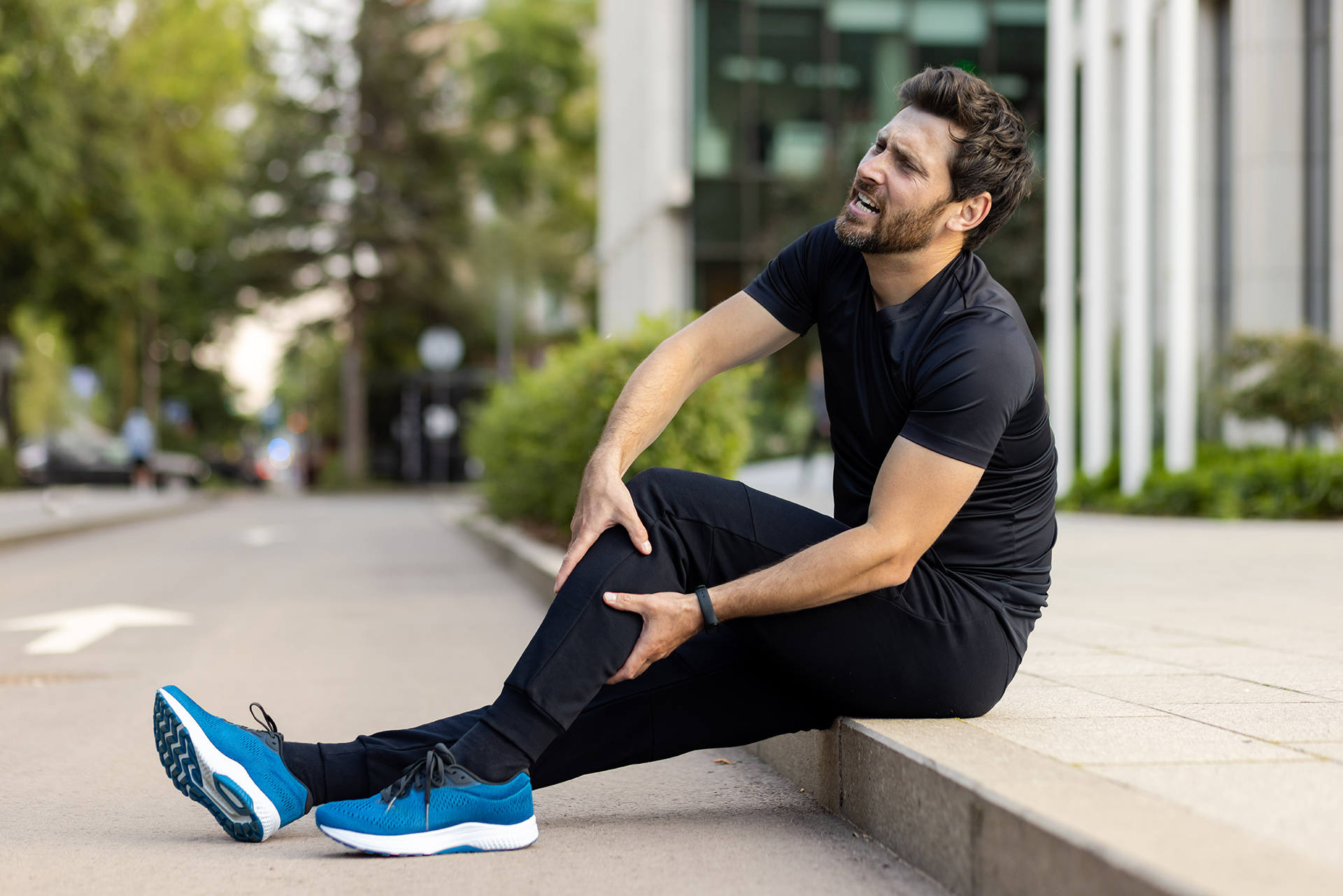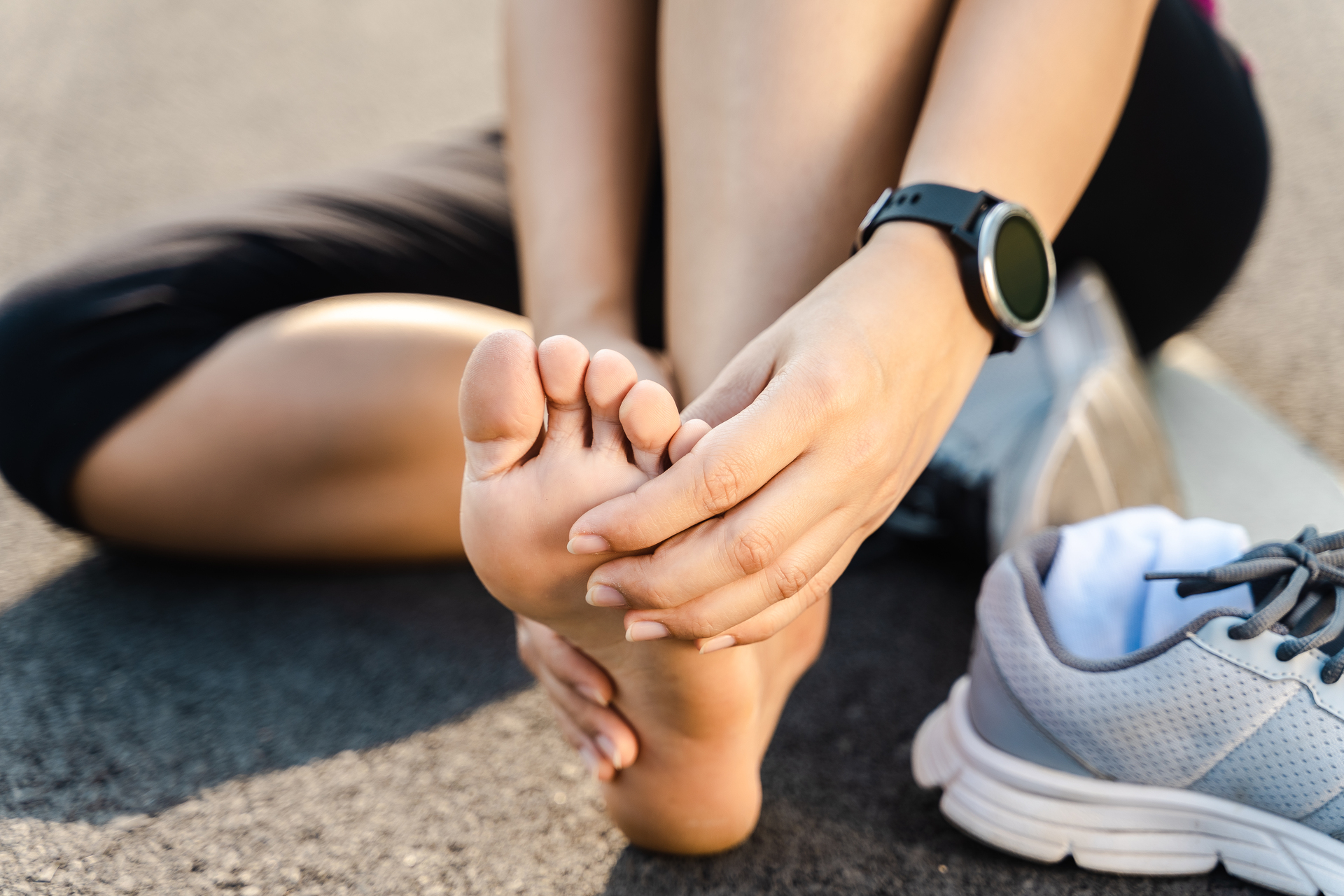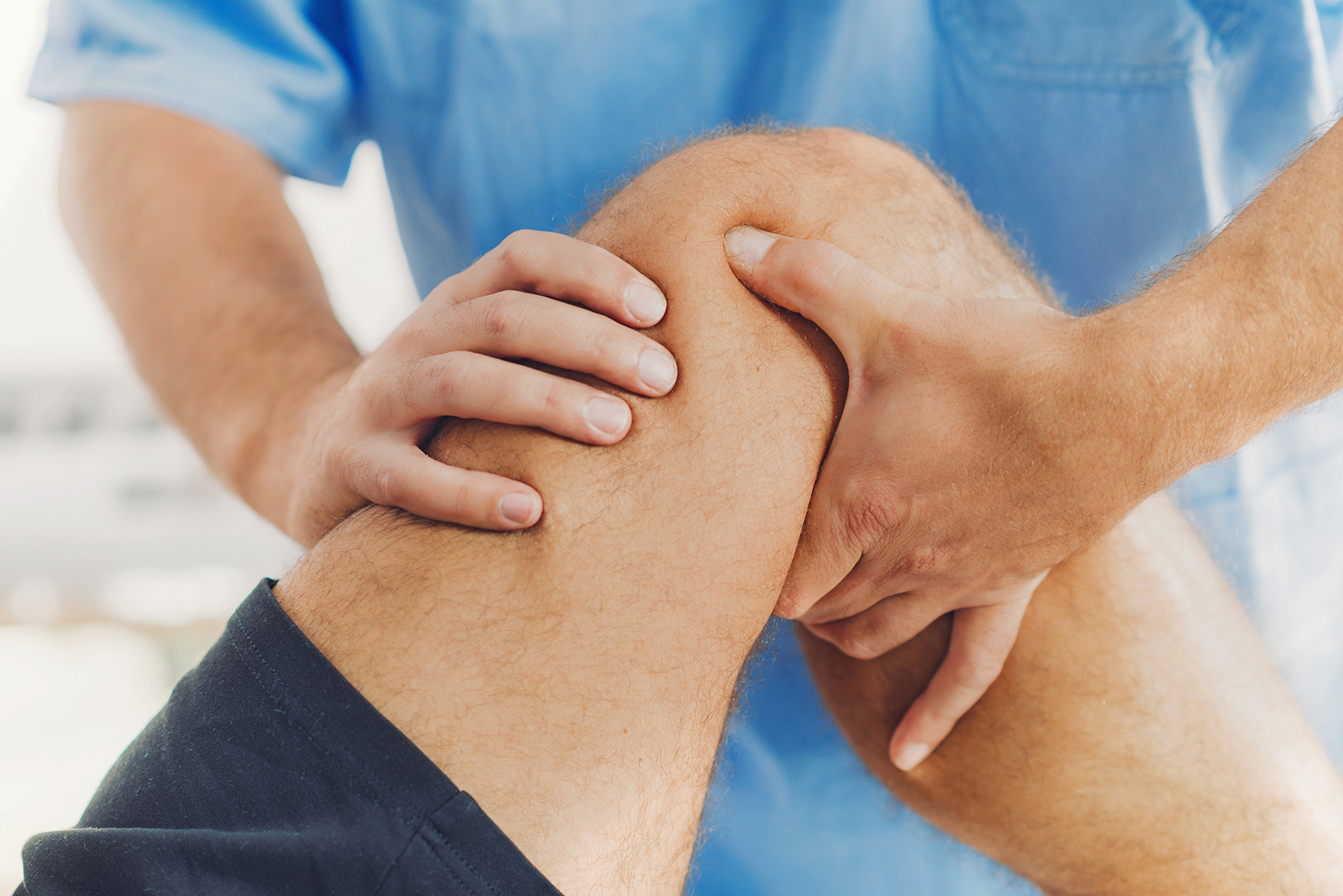Often, we’re taught to sleep off the little things, like a cold or a muscle ache. You might think the same about nail fungal infections, which can start small with just a little yellow or white spot at the tip of the nail. However, nail fungal infections, known as onychomycosis in medical terms, are a chronic condition that can persist on toenails or fingernails for a long time. Things will only get worse if you don’t treat it fast.
Onychomycosis and Underlying Health Conditions
Onychomycosis is startlingly common. The prevalence of conditions of onychomycosis is 20 percent in both Europe and East Asia, with that percentage only rising when advancing in age [1]. It’s even more common in men than in women, though there’s yet to be scientific evidence explaining why [2].
Its widespread nature can also be attributed to genetics: one study found that children of people prone to onychomycosis are more likely to catch it [3]. That’s only one of many invisible factors that can lead to toenail fungal infections, including diabetes, arterial disease, and neuropathy [4], as well as immunodeficient conditions like chemotherapy [5].
Diabetics or immunosuppressed individuals are even more susceptible to recurrence, potentially leading to years of continuous treatment.
Something as simple as a stubbed toe or a badly clipped toenail can lead to a toenail fungal infection. One study found that contracting a fungal infection of the foot can potentially lead to lower limb cellulitis, a more advanced condition that can cause infections in the blood, joints, bones, and heart chambers [6]. This is even more likely in individuals with diabetes or an immunocompromised status.
Onychomycosis is only one form of nail infection; untreated cases can progress to other, harder-to-treat infections, such as psoriasis [7].
The conditions for onychomycosis are ripe in sports environments: sweat in socks, damp shoes, high overall humidity, shared spaces with other athletes, and nail trauma [8]. If you’re an athlete, you would want to be especially careful to avoid nail fungal infections. Once a nail infection develops, it can significantly affect performance, especially if it becomes painful.
How To Prevent Toenail Fungus
Despite its prevalence, it is possible to avoid toenail fungus infections. Here’s how to prevent toenail fungus infections:
- To start, ensure the things near your feet are clean. Change your socks regularly, sanitise your nail scissors or clippers, and clean your feet.
- Keeping your shoes clean and dry is essential to preventing nail fungus. The solutions may not be as immediately apparent as laundering your socks. One common suggestion is to alternate your footwear. Rotating shoes allows them to air out when stored in an open, dry place.
- Proper foot hygiene can also help you avoid toenail fungus. Make sure you scrub between your toes and wash your feet daily. Disinfect your shower and bath areas regularly to prevent any lingering spores from spreading. And don’t go barefoot in public places, especially shared areas like common showers!
A good first step to avoid toenail fungus is to wear the right socks and shoes. Absorbent socks can help prevent toenail fungus by using moisture-wicking fabrics that keep feet clean and dry, even in humid conditions.
Wearing appropriately sized shoes not only promotes greater comfort but also helps prevent fungal nail infections. Shoes that are too small can lead to repeated impact of the toenail against the shoe and to unwanted humidity. The material of the shoe matters too. Wearing shoes made of breathable material significantly reduces your risk of fungal infection compared to closed footwear, such as boots, in humid, hot indoor environments.
For the extra mile in onychomycosis prevention, sprinkle antifungal powder into your shoes to kill any potential spores that may be dwelling inside.
But What Happens If You Already Have a Toenail Fungal Infection?
Treatment is not impossible, especially with the expert help of a podiatrist. But here’s how to prevent fungus on nails or how to prevent toenail fungus from coming back.
During a consultation, a podiatrist can help by providing you with essential anti-fungal treatment, such as a topical solution that can eliminate your fungus. Podiatrists can also provide advice on which conditions may have led to the infection, such as your shoe type or living conditions.
Vitally, a podiatrist can help you prevent your toenail fungus from coming back. Toenail fungal infections are notoriously resilient and are highly likely to recur without the proper care or treatment. Our podiatry specialists at The Foot Practice can help prevent that by providing appropriate treatment and recommending the best way forward to break the stubborn foot infection cycle.
Catching a toenail fungal infection can certainly be irritating. And if you have underlying conditions, that nuisance can escalate into something worse. By keeping your feet clean and dry, you can make it harder for the fungus to get a foothold. Most of all, with the proper help from a podiatrist, you can put an end to your toenail fungus infections.
If you have nail fungus and are looking for a naturally-derived treatment for onychomycosis in Singapore, find out more about our Skin and Nail Care services or make an appointment today.
Related Fungal Nail Infections
Sources
[1] Ogasawara Y. [Prevalence and patient’s consciousness of tinea pedis and onychomycosis]. Nihon Ishinkin Gakkai Zasshi. 2003;44(4):253-60. Japanese. doi: 10.3314/jjmm.44.253. PMID: 14615789.
[2] Faergemann J, Correia O, Nowicki R, Ro BI. Genetic predisposition–understanding underlying mechanisms of onychomycosis. J Eur Acad Dermatol Venereol. 2005 Sep;19 Suppl 1:17-9. doi: 10.1111/j.1468-3083.2005.01283.x. PMID: 16120201.
[3] Faergemann J, Correia O, Nowicki R, Ro BI. Genetic predisposition–understanding underlying mechanisms of onychomycosis. J Eur Acad Dermatol Venereol. 2005 Sep;19 Suppl 1:17-9. doi: 10.1111/j.1468-3083.2005.01283.x. PMID: 16120201.
[4] Saunte DM, Holgersen JB, Haedersdal M, Strauss G, Bitsch M, Svendsen OL, Arendrup MC, Svejgaard EL. Prevalence of toenail onychomycosis in diabetic patients. Acta Derm Venereol. 2006;86(5):425-8. doi: 10.2340/00015555-0113. PMID: 16955188.
[5] Elewski BE, Tosti A. Risk Factors and Comorbidities for Onychomycosis: Implications for Treatment with Topical Therapy. J Clin Aesthet Dermatol. 2015;8(11):38-42.
[6] Bristow IR, Spruce MC. Fungal foot infection, cellulitis and diabetes: a review. Diabet Med. 2009 May;26(5):548-51. doi: 10.1111/j.1464-5491.2009.02722.x. PMID: 19646196.
[7] Ventura A, Mazzeo M, Gaziano R, Galluzzo M, Bianchi L, Campione E. New insight into the pathogenesis of nail psoriasis and overview of treatment strategies. Drug Des Devel Ther. 2017 Aug 30;11:2527-2535. doi: 10.2147/DDDT.S136986. PMID: 28919705; PMCID: PMC5587086.
[8] Daggett C, Brodell RT, Daniel CR, Jackson J. Onychomycosis in Athletes. Am J Clin Dermatol. 2019 Oct;20(5):691-698. doi: 10.1007/s40257-019-00448-4. PMID: 31111408.






